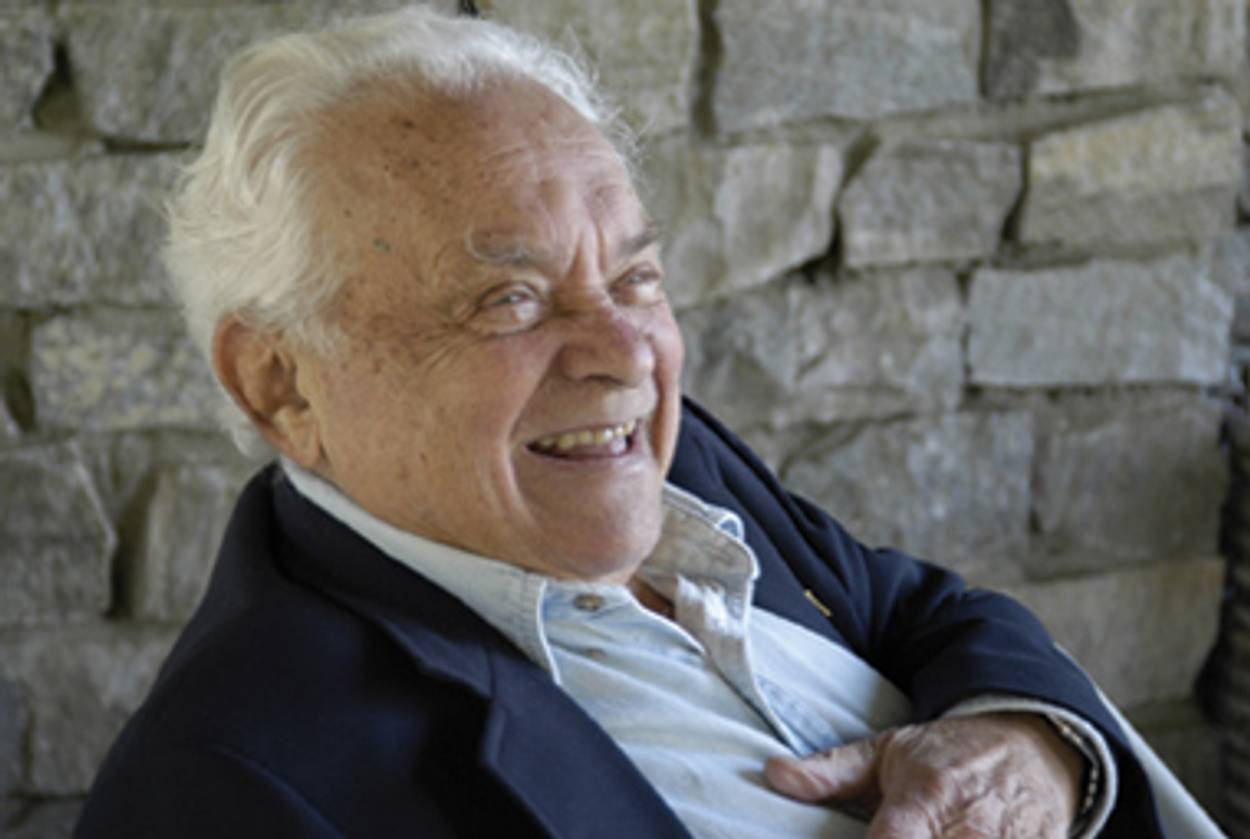The Proto-Neocon
Remembering Arnold Beichman




Yesterday, the New York Times reported that Arnold Beichman died, at the age of 96, last month. A political journalist, intrepid war correspondent, and finally academic, born to Ukrainian Jews on the Lower East Side in 1913, Beichman followed a well-trod path … except the path was his. Everyone else just walked on it.
That path is the Communist —> anti-Communist —> hawkish —> outright conservative trajectory that broadly defines a certain generation of what we call neoconservatives. The recently departed Irving Kristol and the very much still alive and vigorous Norman Podhoretz both did this (though Podhoretz was never so far left); Kristol, who made his rightward turn in response to the New Left of the late 1960s, might be consider the archetypal neocon.
Beichman, though, was anti-Communist by the ‘40s, and on the right not long after: in other words, well before Kristol, Podhoretz, and the rest. (Others turned away from Communism around the time that Beichman did, but stayed liberal, not continuing over to the right-wing side of the ideological spectrum.) In that sense, Kristol, Podhoretz, and the many who came after them owe Beichman a good chunk of their paychecks.
What’s left are the stories. Here are two.
First, from David Brooks, is a glimpse into the milieu of the New York Intellectuals:
One afternoon, Beichman was walking home when his wife Carroll came rushing out onto the street saying that Diana Trilling had just called, and Arnold should hurry over to Commentary editor Eliot Cohen’s apartment, for something terrible had happened. Beichman arrived to find that Cohen had committed suicide by placing a plastic bag over his head. His body was lying in the kitchen. Soon word spread, and people started pouring into the apartment. Shocked by the sight of the body, they started drinking. The body could not be moved until the coroner arrived, but friends kept arriving, pouring themselves cocktails, and even bringing in roast beef sandwiches. At first, the conversation was about Cohen, but then it drifted to so and so’s review of such and such, and so and so’s essay about this and that. “It became like an unusual cocktail party,” Beichman remembers, with Cohen’s body there in the kitchen.
Those were the days!
And, from the magazine of Beichman’s alma mater, Columbia College, in an excellent profile by Margaret Hunt Gram, we get this tale of what life was like for the editor-in-chief of the campus daily at a party in, I can’t resist mentioning, my own freshman dorm:
With Hitler in power in Germany and tensions running high, Columbia’s Jewish Students’ Society held a dance that year in John Jay Hall to celebrate Purim. As soon as the lights went low, a group of fraternity members crept onto the balcony over the dance floor and threw down handfuls of Swastikas, shouting ‘Down with the Jews.’ After the offending students fled the scene, the adviser of the Jewish Students’ Society found Beichman and asked him to keep Spectator from publishing the story, saying it would be damaging to Jewish students on campus.
Beichman recalls responding, “How can we not publish the story, which was seen by hundreds of people at a dance?” The story ran.
Arnold Beichman, Political Activist, Dies at 96 [NYT]
The Happy Cold Warrior [The Weekly Standard]
Arnold Beichman ’34: Anti-Communist Warrior [Columbia College Today]
Marc Tracy is a staff writer at The New Republic, and was previously a staff writer at Tablet. He tweets @marcatracy.